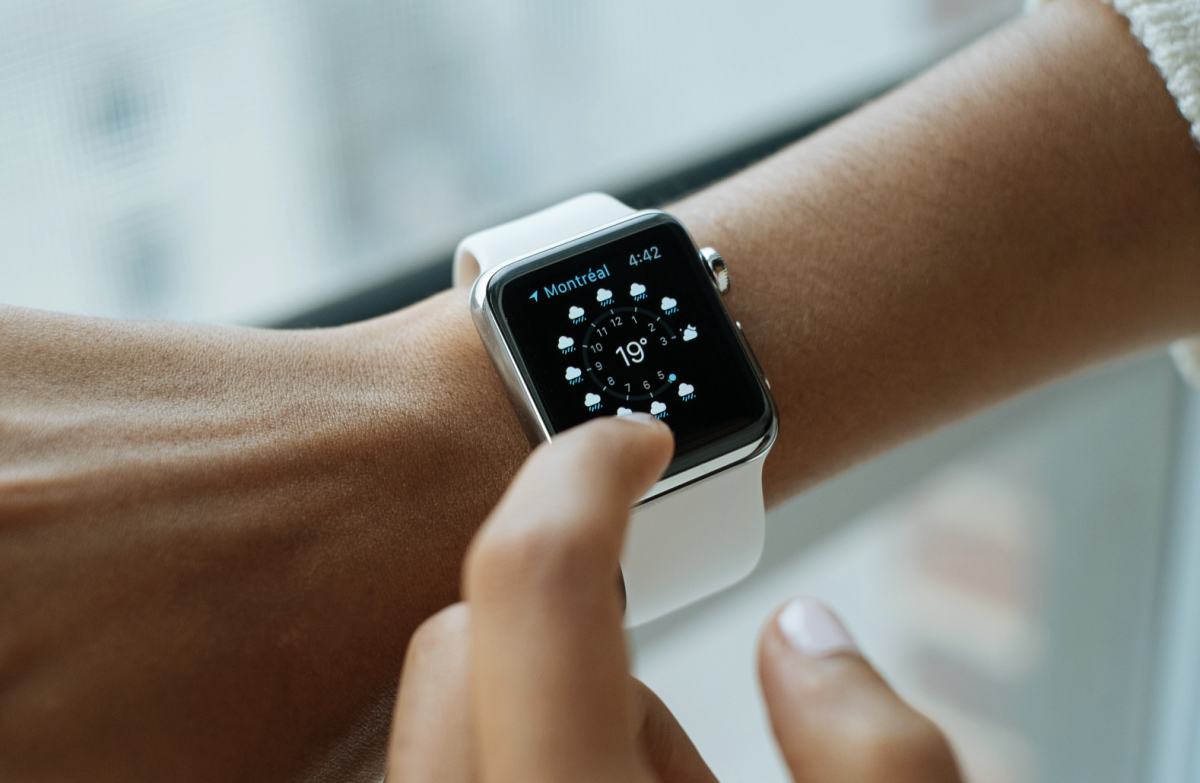
Wikimedia Commons
AI and technology are revolutionizing the way tennis is being played and judged, forcing players to adapt.
AI is guiding the future of tennis, transforming how the game is played, coached and experienced. It is used for virtual coaching, match analysis, training feedback, officiating and even fan engagement. These advancements improve the sport by providing players, coaches and viewers with new opportunities, making tennis more precise, safer and increasingly accessible.
In the past, coaches were only able to provide feedback on what they noticed during a given match. While effective, this approach often overlooks minor yet critical errors in form, which could negatively impact performance or lead to injury. With AI, however, players now receive faster and more accurate feedback. These types of systems, such as Dartfish and PlaySight, track and monitor serve placement, shot accuracy, foot movement and rally duration, providing players with accurate information on their strengths and weaknesses. That type of data, once available only to professional players, is becoming increasingly accessible to lower-level competitors, enabling potential players to develop their game in specific ways.
The new AI software capitalizes on this data monitoring to act as a virtual coach, providing analytics on strategy, stroke mechanics and practice regimens. These AI coaches minimize the need for a coach to be present at every practice. Players receive immediate feedback on their repetitions, while AI generates individualized training plans that adapt based on their individual needs. With this sort of individualization, weaknesses are fixed more quickly, and strengths in a player’s game are reinforced.
Health and injury prevention are also part of AI’s impact. Wearables such as Whoop use AI to track heart rate, fatigue and biomechanics. The data provides insight into recovery needs and helps reduce injury risks by identifying early warning signs of muscle strain or overtraining. Since injuries can be one of the most detrimental elements to a tennis career, the fact that AI-based monitoring can prevent injuries can significantly impact the long-term effects on players’ performance and career span.
AI is also transforming the sport’s experience for officials and supporters alike. For spectators, live broadcasts feature AI-based shot prediction, rally length analysis and live player statistics, making matches more thrilling and easier to follow. For refereeing, line-calling technology like Hawk-Eye reduces human error, offering better accuracy and speed. Matches are no longer subject to human decision-making, controversy decreases and results are more reliable.
Most important, however, is access. Tennis has long been associated with high-quality coaching, sophisticated equipment and high-level competition often out of reach for most players. AI is now starting to chip away at those barriers. Video analysis software, wearables and virtual coaching tools are now available at a fraction of the cost of hiring professionals or visiting the best academies. This provides high-level feedback to players at lower levels of the game or in areas without access to top-class tennis facilities.
Their international distribution is beginning to even out the playing field. By putting the latest coaching technology into the hands of more players, AI can transform the talent pool and provide opportunities to athletes who might otherwise struggle to keep up. This leveling of tennis tech is making the playing field equal for pros and amateur sportsmen, and it can transform how tomorrow’s superstars are discovered.